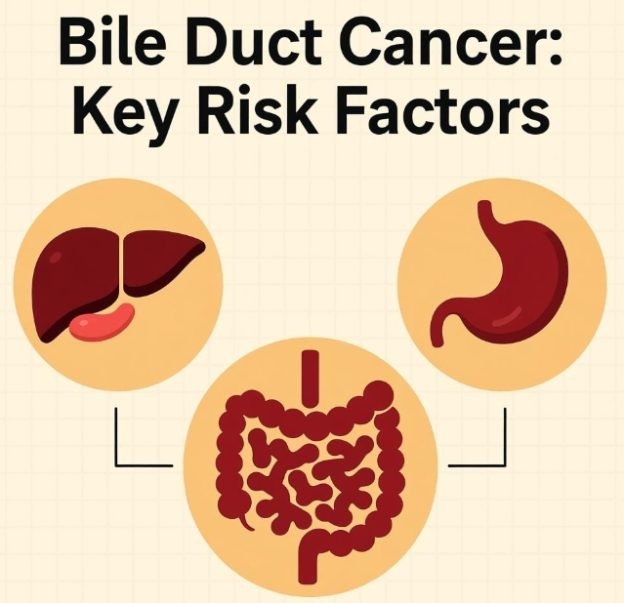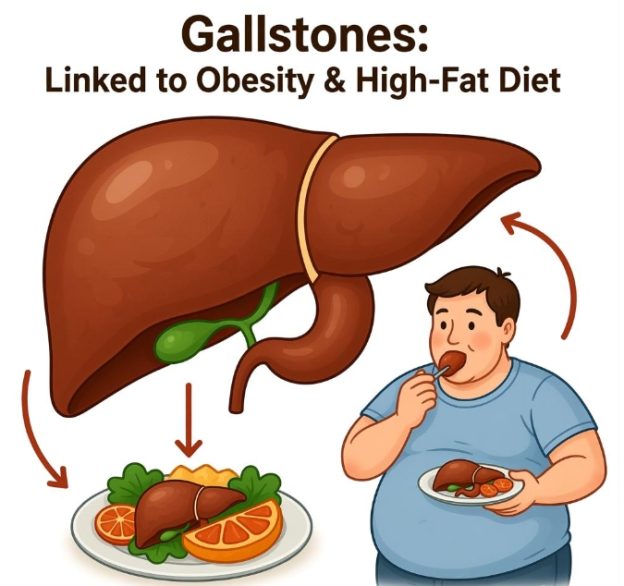Liver tumors—benign or malignant—may remain silent while small. As they enlarge or metastasize, the following complaints commonly appear:
- Right-upper-quadrant pain or heaviness
A dull, continuous ache or dragging sensation under the ribs is the most frequent early symptom; sudden severe pain suggests bleeding into the tumor or capsule rupture. - Palpable mass or abdominal swelling
Patients often notice a firm, non-tender lump or increasing girth caused by hepatomegaly or ascites. - Unintended weight loss & anorexia
Rapid loss of >5 % body weight, early satiety and food aversion reflect high tumour metabolism and cytokine release. - Fatigue and weakness
Persistent tiredness disproportionate to activity is common in both primary and secondary liver cancers. - Jaundice
Yellow sclera/skin, dark urine and pale stools occur when tumour compression, bile-duct invasion or extensive parenchymal replacement impairs bilirubin excretion. - Fever & night sweats
Low-grade, intermittent pyrexia results from tumour necrosis or inflammatory cytokines. - Gastro-intestinal bleeding
Portal hypertension from tumour thrombosis may precipitate haematemesis or melaena via ruptured oesophageal varices. - Acute deterioration
Hypotension, tachycardia and anaemia herald intraperitoneal haemorrhage from a ruptured nodule—an oncologic emergency.
Because early findings overlap with benign liver disease, any new combination of RUQ pain, weight loss and fatigue, especially in patients with cirrhosis or chronic hepatitis, warrants urgent imaging and tumour-marker assessment.
| Symptom / Sign | Typical Features |
|---|---|
| RUQ pain/heaviness | Dull ache, worse on movement |
| Palpable mass | Firm, non-tender, moves with respiration |
| Weight loss | >5 % in weeks, anorexia |
| Fatigue | Persistent, disproportionate |
| Jaundice | Yellow sclera, dark urine, pale stools |
| Fever | Low-grade, intermittent |
| GI bleeding | Haematemesis, melaena |
| Acute deterioration | Shock, anaemia → rupture/haemorrhage |






